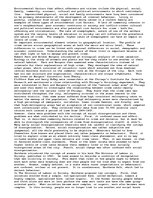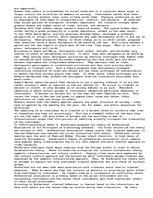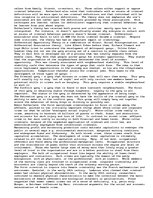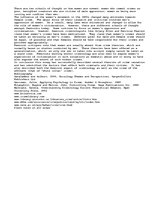There are two schools of thought on how women are viewed: women who commit crimes as poor, benighted creatures who are victims of male oppression; women as being more cunning and craftier than men.
The influence of the women's movement in the 1960s changed many attitudes towards female crime. The major focus of their research and criticism involved men's oppression of women. As a result, many laws were introduced and changed to allow for the role of women's victimisation. However, there are different schools of thought amongst feminists today. Some continue to focus on women's oppression and victimisation. However, feminist criminologists like Hilary Allen and Patricia Pearson claim that women's crimes have been medicalised. They claim that women's crimes should be taken as seriously as men's crimes. Defenses given for male and female crime should be equal, if possible and that females should be held responsible for their crimes and punished appropriately.
Feminist critiques note that women are usually absent from crime theories, which are normally based on studies conducted by men. These theories have been offered as a generalisation, which, as only one sex is taken into account simply cannot be taken as a sound view. Feminists working within criminology are also keen to expose women's experiences of victimisation in such situations as domestic abuse and in doing so have also exposed the extent of such hidden crimes.
In conclusion this essay has successfully described several theories of crime causation and has identified the factors that affect both criminals and their victims. It has also described both the feminist aspect of criminology as well as the crime of the affluent (that of 'white collar' crime).
…




